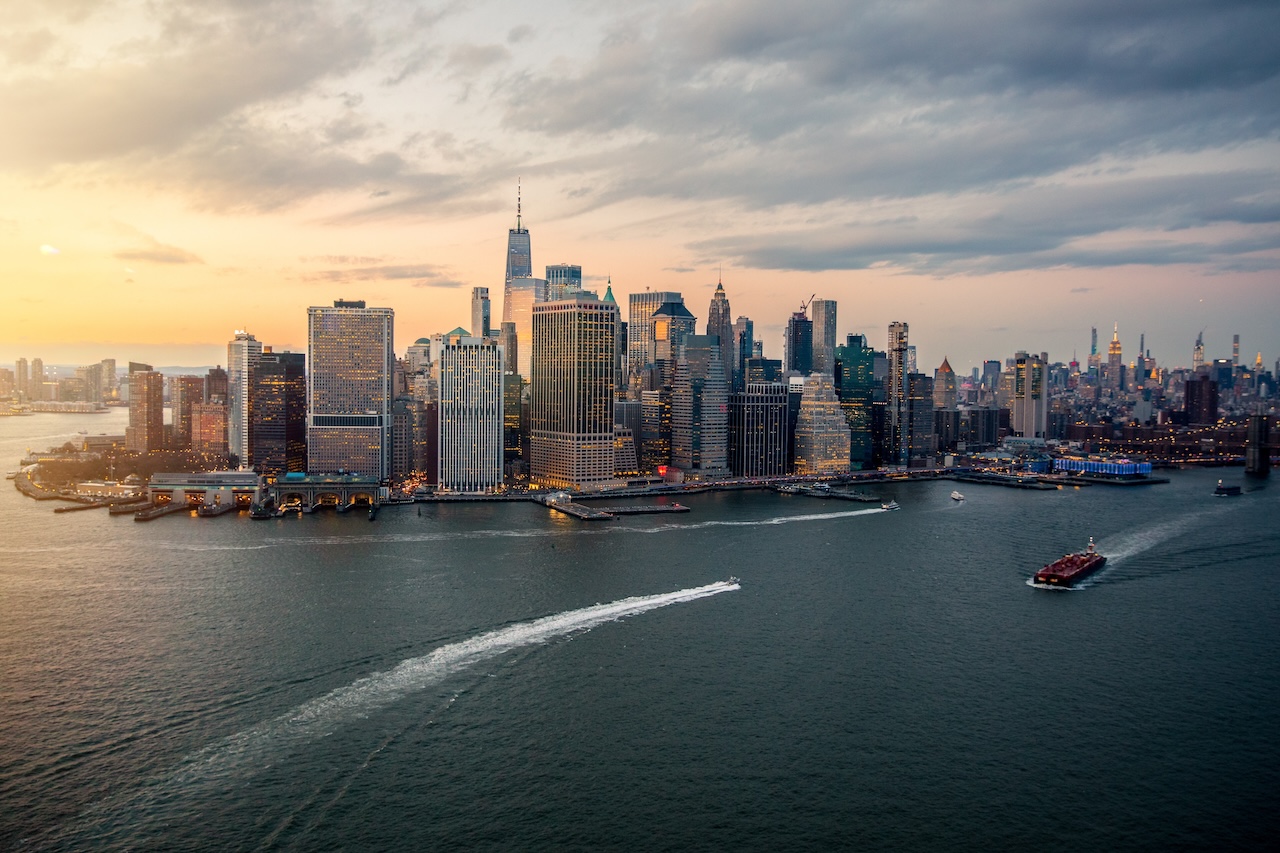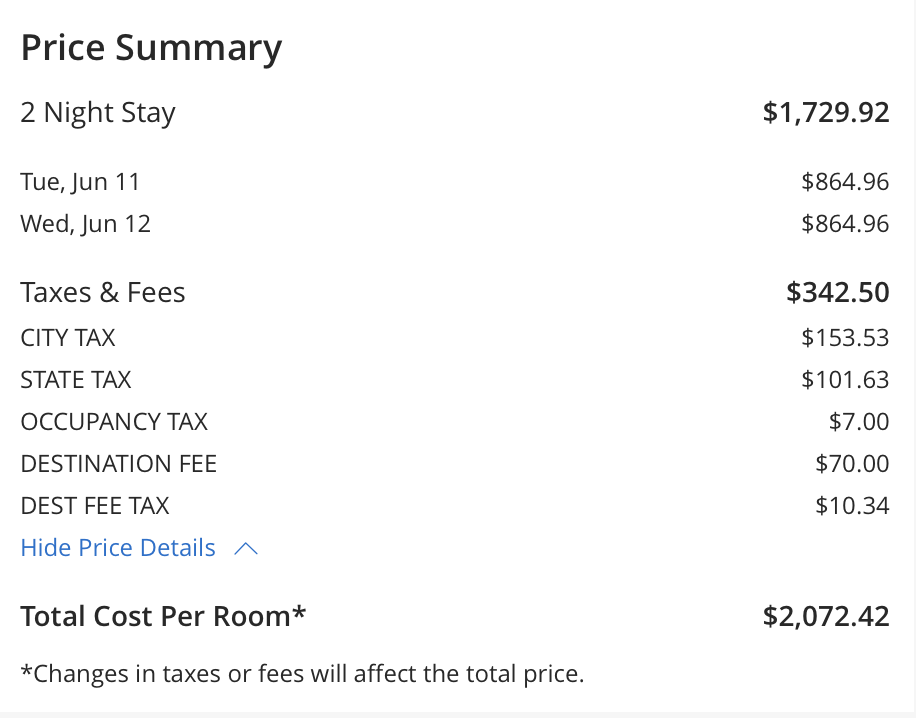Bussiness
Taxing Visitors For New York City’s Migrant Crisis – Live and Let’s Fly

New York City is hosting the homeless, undocumented migrants, and asylum seekers while visitors pick up the tab.
If you are considering booking travel or signing up for a new credit card please click here. Both support LiveAndLetsFly.com.
If you haven’t followed us on Facebook or Instagram, add us today.
Regardless of Political Persuasion
The migrant crisis in the United States is a hot topic often bitterly divided along party lines. There are, however, aspects of this that are simply facts and do not appeal to either party.
Regardless of political affiliation, both parties agree that undocumented migrants have significantly increased crossings in the last few years from hundreds of thousands to several million.
No country in the world has an open border policy.
Both parties agree that some migrants are genuinely seeking and applying for asylum and that the asylum process can mean eight years before they have their cases heard – simply too long.
Members of both parties agree that there needs to be a solution but differ dramatically on what that solution is.
New York Has Taken 20% Of Hotel Rooms Off The Market
Matthew wrote yesterday that 20% of New York City hotel rooms are completely under contract to the city’s Sanctuary Hotel program. I speculated in the past that this could be the case causing significant price increases at open hotels simply by reducing the amount of available beds.
The program, as outlined by the New York Times, pays hotels $139-185/nt every night, for every room, occupied or not and is set to cost New York tax payers $10 bn over the next three years.
What that also means is that hotel occupancy rates for the next three years will be elevated with diminished supply.
Hoteliers Win
City shelter systems have long been flooded and the additional arriving migrants compound the issue. Mayor Eric Adams has estimated the influx of migrants to be north of 150,000 but the official figures in The NY Times article suggests the number is closer to 65,000.
Every hotelier wins. Participants seeking shelter in the program are filled at rates and occupancy levels they couldn’t imagine performing at even during peak travel periods let alone for 1,000 nights straight. Shelter limits are unlikely to significantly improve in the near term according to city officials.
Those that aren’t in the program are absorbing the occupancy that would have otherwise been distributed over a wider market. That pushes nightly rates up across the board and leads to fewer unpaid perks like free upgrades to elite members from loyalty programs.
It derisks the entire New York City market for the largest hotel brands for a predictable length of time. And it will line their coffers for the foreseeable future. I’d suspect that sales leaders in the major chains would encourage cities struggling with the same migrant influx and similar policies like Chicago would seek to replicate the program and their participation. California, which has struggled with homelessness in specific in Los Angeles and San Francisco and Governor Newsom might find Marriott, IHG, and Hilton on the other end of the phone with a solution.
Hotels can also continue to add (and increase) “Destination Charges” – where’s the junk fees police when you need them – because there’s fewer hotels in the mix not offering them
Visitors Pick Up The Tab
The truth is, while New York tax payers are picking up the tab for the $10 billion commitment for the next three years, so are visitors. Visitors, whether foreign or domestic, leisure or business are paying higher rates to stay elsewhere. The city has in essence shifted some of the cost of its program to guests to the city.
And while those tourists are not directly contributing to the program, they are in the form of taxes and fees.
Another fun contributing factor is New York City disallowing Airbnbs for less than 30 days shifting those visitors to hotels as well. When Matthew and the New York Times accurately accounted for the 16,000+ reduction in available hotel rooms, what is harder to gauge is the amount of homeshare stays that will be forced into hotels at the same time. Interestingly, the number of lost short stay homeshares is just over 15,000 properties. Some of those properties would have included accommodations for more than just two people, so it’s possible that even that number is short of its effect.
Directly, both New York City and State are able to recover some of their investment. By moving visitors into accommodations where nightly occupancy, city, and state taxes are all incurred, and by those rates rising abnormally high, New York will make more on fewer rooms than they did before.
- New York City Tax = 8.88%
- New York State Tax = 5.88%
- Occupancy Tax (flat) = $7.00
- Destination Charge Tax = 14.5%
In a simple example, Dreams Midtown from Hyatt was historically about $75 cheaper per night. The Andaz 5th Avenue (also Hyatt) was typically $550-600/night, now $900 on an Advanced Purchase rate. If we take the example of the Andaz 5th Ave alone, and assume a prior nightly rate of $600, the difference in taxes on that 50% rate increase is $44.28/night. Adding in the destination charge which would not be collected at an Airbnb adds another $10.34 for a total of $54.62.

If New Yorkers want to continue hosting migrants in hotels on take-or-pay contracts for a three-year period, that’s their choice – except when they pass it off to consumers.
What do you think?







:max_bytes(150000):strip_icc()/roundup-writereditor-loved-deals-tout-f5de51f85de145b2b1eb99cdb7b6cb84.jpg)


